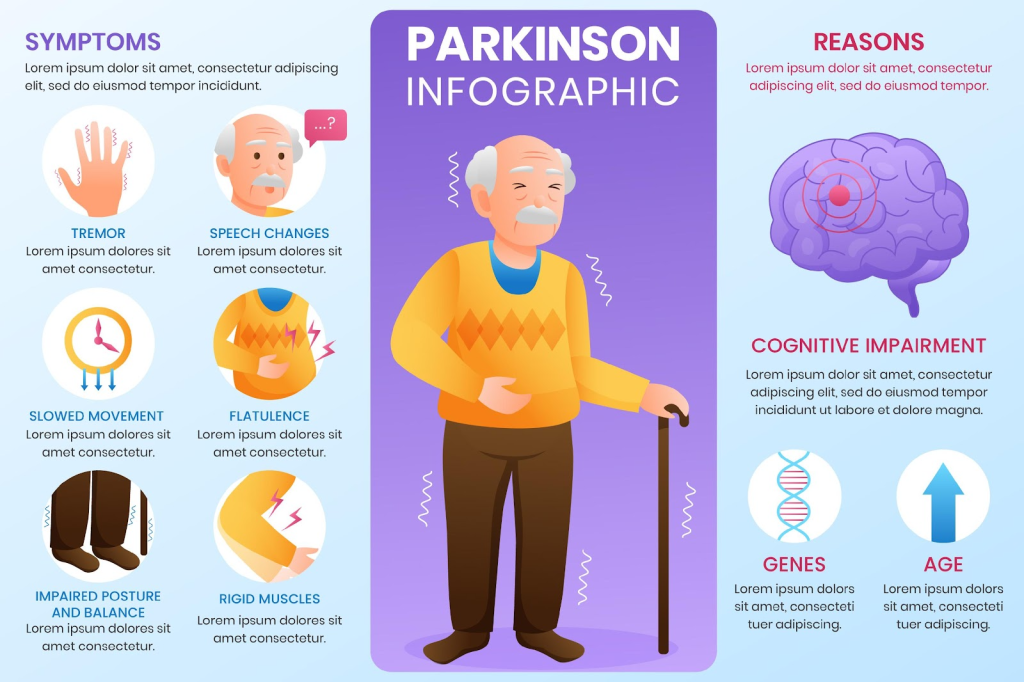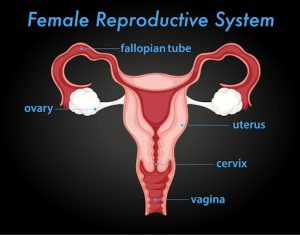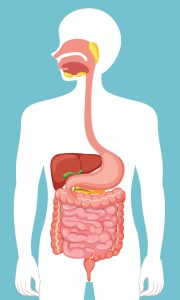Disclaimer:
This article is for information purposes only. It is not a substitute for medical advice or treatment. Seek medical care for your treatment.
Dementia:
Dementia itself is not a disease, it is a syndrome. Dementia is an umbrella term for the loss of mental capabilities, personality and behavioral changes.
If your near and dear ones get dementia, it means they have chronic brain condition that disrupts your thinking, behavior and memory. In a nut shell, dementia hampers your daily life activities.
Gradually it gets worse but certain medicines might slow down its symptoms. Then chances of getting dementia enhance as we age, people above 40 years of age can also get dementia. Mostly people think that “dementia” and “Alzheimer’s disease” are similar, which is not correct. Alzheimer’s is the most common form of Dementia and not everyone with dementia has Alzheimer’s.
Dementia is a brain disorder that affects a person’s capabilities to socialize and perform daily activities.
Alzheimer’s disease is a form of dementia that impacts the areas of the brain that control a person’s potential to think, communicate and remember.
There are various types of dementia. Its treatment solely depends on its type.
- Alzheimer’s disease:

Anyone can have Alzheimer’s disease, but develops more frequently in older age. According to the experts between 60%-80% people with dementia have this disease. Over 5 million Americans have been diagnosed with Alzheimer’s. That’s what mostly people think when they hear the term “dementia”. Health elements, lifestyle and genetics are linked with the risk of getting dementia. Alzheimer’s is a physical brain condition with feeble memory, reasoning and behavior. It harms the brain’s neuron, influencing how they function and communicate with each other. A decline of significant chemicals hampers the messages travelling normally via the brain. A person’s capabilities collapse with time.
Person with Alzheimer’s will have issues planning or managing, memory loss and some easy everyday tasks. In the beginning the symptoms are mild but they get severe with the passage of time. A person with Alzheimer’s might:
- Be senile about their presence, time, day, month or year.
- Have issues regarding writing or communicating.
- Lose things and fail to recover them.
- Unwise judgment.
- Personality changes or mood swings.
Factors that lead to the onset of Alzheimer’s are:
- Physical immobility
- No mental exercise
- Smoking
- Obesity
- Diabetes
- High cholesterol
- High BP
- Vascular Dementia:

Vascular dementia develops when you had a major stroke or multiple, silent strokes, which can happen to the person without even noticing it. Vascular dementia happens by the brain damage resulting from impaired blood flow. It directly impacts your thinking, planning, reasoning and judgement capabilities. This really hampers one to perform their daily functions. Generally vascular dementia develops together with Alzheimer’s disease or another brain condition. There are different types of vascular dementia. Vascular dementia symptoms rely on the affected part of the brain that happened by the stroke. Unwise judgement, poor planning and indecisiveness are its initial symptoms. Other obvious symptoms are:
- Memory issues that obstructs your dear ones daily routine.
- Understanding or speech issues.
- Fail to discern familiar sights and sounds.
- Being irritated or confused.
- Personality and mood changes.
- Difficulty in walking and falling frequently.
- Having lack of focus.
- Dementia with Lewy Bodies:
Lewy body dementia is also known as dementia with lewy bodies. Lewy bodies are minute deposits of a protein that develop in someone’s brain. These deposits happen in nerve cells in the areas of the brain that are involved in memory, mobility and reasoning. They bear the name of the scientist who found them. If your loved one gets DLB it means that the deposits have developed in the part of the brain called cortex. Some of its symptoms are:
- Facing problems while making decisions, reasoning or paying attention.
- Memory loss
- Bad sense of smell
- Urinary incontinence
- Having hallucinations
- Being dizzy or sleepy during the day
- Staring or forgetting something
- Facing issues while moving like falling or trembling
- Acting out in ones dreams while sleeping
- Confusion or depression
- Parkinson’s disease:

People with nervous system ailment Parkinson’s disease develop this type of dementia 50%-80% times. Generally signs of dementia occur about 10 years after a person first gets Parkinson’s. Parkinson’s and DLB are very much alike and have similar symptoms and suffering from both the conditions have signs of Lewy bodies in their brains.
- Mixed Dementia:
Mixed dementia is a union of two or more types of dementia. The symptoms of mixed dementia rely on the types of modifications to the brain and the part of the brain withstanding those changes. Common mixed dementia includes:
- Vascular dementia and Alzheimer’s disease
- Lewy bodies and Parkinson’s disease
- Frontotemporal Dementia:
Frontotemporal dementia is used to express different types of dementia, all with one familiar thing: they only harm the front and side parts of the brain which are in charge of the language and behavior. At times this dementia is mentioned as Pick’s disease, anyhow there are various forms. Some signs of FTD include:
- Behavior and personality changes
- Insecurity in personal and social situations
- Issue in choosing the right words for things
- Movement and balance problems such as muscle spasms and trembling
- Huntington’s disease:
It is brain disorder caused by genetic mutation that is passed on by the family members. This breaks down the nerve cells in your brain and spinal cord. It has two types:
- Juvenile
- Adult onset
Usually the symptoms, including a decrease in cognitive skills emerge around the age of 30-50. Some of the symptoms are:
- Difficulty in walking or impaired movements
- Problem in swallowing
- Anger
- Mood swings
- Unable to think clear
- Lack of concentration
- Unwise judgement and planning
- Creutzfeldt-Jakob Disease:
It is a rare brain disorder without any known causes but it can be inherited. This condition is the result of the deposits of the infectious proteins called prions in the brain. CJD proceeds rapidly and usually, person with CJD dies within a year of its diagnosis. The symptoms of this life-threatening disease showcase after the age of 60. Some of the symptoms are:
- Memory and focus issues
- Unwise judgement
- Muscle stiffness
- Uncertainty
- Mood swings
- Depression
- Sleep issues
- Movement problems like trouble in walking
- Normal pressure Hydrocephalus:

It is caused by the accumulation of excess fluid in the brain’s ventricles. These ventricles are there to protect a person’s brain and spinal cord. They are completely dependent on the correct amount of fluid to function properly. Ample fluid accumulation exerts pressure on the brain causing damage that leads to dementia symptoms such as:
- Improper balance
- Forgetfulness
- Mood swings
- Depression
- Falling frequently
- No control on bowel or bladder
- Wernicke-korsakoff syndrome:
This is the result of deficiency of thiamine (vitamin B-1) in the body. It happens generally in people who drink profusely and the most common symptom is memory loss.




